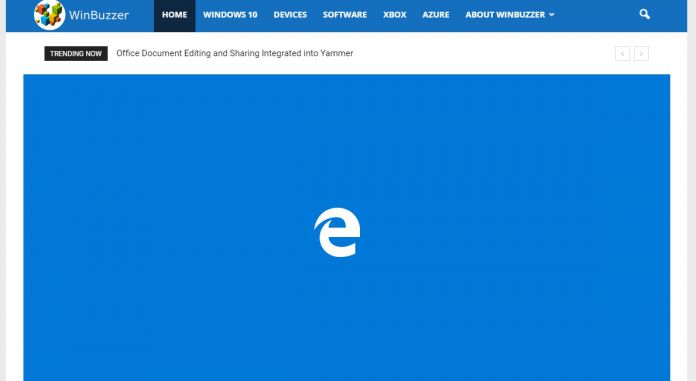The latest data from NetMarketShare shows that Chrome now has increased its market share marginally. Last month, the browser at a 59% share, whereas today it has a 59.3%. This rise tallies with Chrome’s general trajectory over the last year, since assuming the biggest overall share. NetMarketShare’s numbers are backed up by StatCounter, albeit with different results. The firm says Chrome’s desktop market share is 63.35%. Both companies gather data differently, with StatCounter only looking at the desktop market. As for Microsoft Edge, NetMarketShare shows that it takes 5.63% of the market. As we have seen, the browser is struggling to gain rapid traction. This month’s number is a 0.01% rise, but is within the margin of error. Microsoft’s former long-standing market leader, Internet Explorer, is still a thing. However, it has been plummeting since losing its lead for the first time in 18 years last May. Of course, IE is now a legacy service, so it is obvious its usage will continue to drop. This month, the browser has 17.55% of the market, which is still enough for second place. Firefox is the third most used browser with 11.98% of the market, while Apple’s Safari is fifth (behind Edge) with 3.56%.
Microsoft Edge and Browser Push
There is no doubt that Google fully capitalized on Microsoft transitioning in the browser market. By the time Internet Explorer lost its nearly two-decade lead, Microsoft was already fully pushing Edge on Windows 10. Microsoft readily admitted that its new browser was not the finished article out of the gates. Instead the company continues to incrementally improve Edge. These days, the browser is feature rich and improving, but most would likely agree it is still not as complete as Chrome. The bigger issue for Microsoft is that those who left and are leaving Internet Explorer are not really migrating to Edge. Instead, they are clearly going to Chrome, and to a lesser extent Firefox. Again, this is to be expected considering the nascent nature of Edge, but it is something Microsoft will eventually need to address if Edge adoption does not take an upturn.




